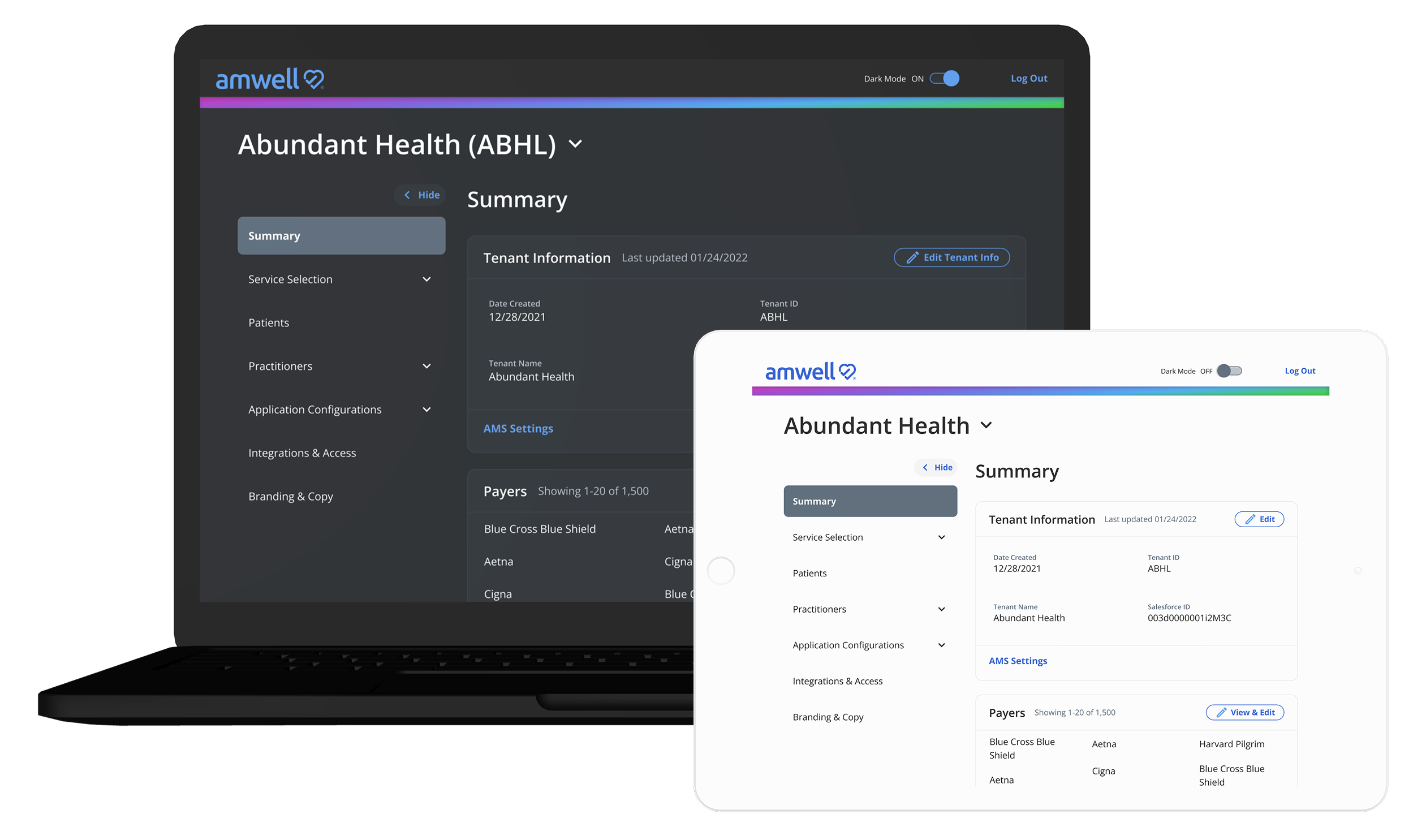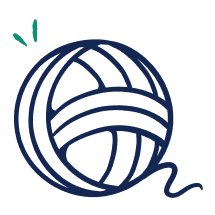Leadership & Team Enablement
Example Project:
Admin Portal Navigation Sprint
Project Overview
Starting Point
I joined a design sprint focused on reimagining our Admin Portal's information architecture, bringing my experience in IA and systems design to complement the team. We were facing a complex dual challenge: our legacy admin portal was increasingly outdated and difficult for users to navigate, while our new platform was accidentally recreating similar problems by adding features without a coherent structure. As our client base expanded to include enterprise customers like CVS Health, neither system could adequately support the sophisticated admin needs required for enterprise clients.
The Complexity
The team faced both technical and collaborative challenges. We needed to solve navigation problems across two platforms while managing the complexity of role-based permissions, enterprise configurations, and client migrations. Meanwhile, the sprint itself lacked clear facilitation structure—discussions were productive but didn't translate into actionable decisions. The inherent complexity of redesigning information architecture for healthcare systems, combined with the dual platform challenge, made it difficult to maintain momentum and move from ideation to concrete solutions.
The Reframe
I recognized an opportunity to help create structure and focus that would benefit the team's progress. I offered frameworks to organize our thinking, restructured our working session approach, and helped shape a shared understanding of the problem space. Drawing on my IA experience, I guided the effort to define navigation frameworks for the new platform that could learn from legacy system mistakes—frameworks that dynamically adjust complexity based on admin roles and permission levels while supporting seamless client migrations from the old system.
Outcomes
Through our collective efforts, the team delivered scalable navigation models that solved the new platform's architectural problems while learning from legacy system mistakes. The frameworks we created improved usability for internal admins, support teams, and enterprise customers while providing clear guidance for migrating clients from the legacy system to the new platform.
The sprint evolved into a powerful example of collaborative leadership, with team members contributing their unique strengths toward solutions that addressed both immediate navigation problems and long-term platform growth. Designers who initially felt overwhelmed by the complexity gained clarity and confidence throughout the process. This project demonstrates my approach to supportive leadership: creating environments where everyone can contribute meaningfully while providing the structure and frameworks needed to tackle genuinely complex systems challenges.





